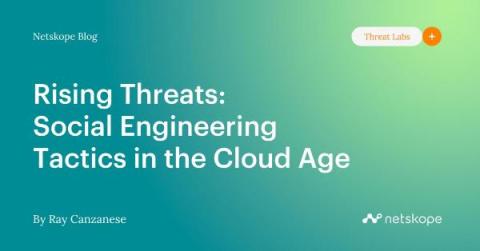Security | Threat Detection | Cyberattacks | DevSecOps | Compliance
Social Engineering
Social Engineering Masterstroke: How Deepfake CFO Duped a Firm out of $25 Million
Rising Threats: Social Engineering Tactics in the Cloud Age
Social Engineering Attacks Rising in the Trucking Industry
AI Does Not Scare Me, But It Will Make The Problem Of Social Engineering Much Worse
Types of Social Engineering Attacks used to Gain Internal Network Access
Social engineering attacks: Real-life examples and how to avoid them
In the ever-evolving landscape of cybersecurity threats, social engineering remains a potent and insidious method employed by cybercriminals. Unlike traditional hacking techniques that exploit software vulnerabilities, social engineering manipulates human psychology to gain unauthorized access to sensitive information.
AI in 2024: The Top 10 Cutting Edge Social Engineering Threats
The year 2024 is shaping up to be a pivotal moment in the evolution of artificial intelligence (AI), particularly in the realm of social engineering. As AI capabilities grow exponentially, so too do the opportunities for bad actors to harness these advancements for more sophisticated and potentially damaging social engineering attacks. Let's explore the top 10 expected AI developments of 2024 and their implications for cybersecurity.
How To Fight Long-Game Social Engineering
CISA sent out a warning about a Russian advanced persistent threat (APT) called Star Blizzard warning about their long-game social engineering tactics. They create fake email and social media accounts, contact their potential victims, talk about a non-threatening subject to gain the victim’s confidence, and wait to launch their malicious attack. I call this long-game social engineering.
Vishing Gang Takes Victims for "Tens of Millions" Using Little More than Social Engineering
Czech and Ukrainian police have arrested six individuals responsible for a call center-based vishing scam designed to trick victims into thinking they were already victims of fraud. Imagine getting a call on your mobile phone from your bank. The caller ID shows the number you have saved in your contacts, so it must be your bank, right? The person on the other end tells you your account has been compromised and the remaining funds must be moved to a safe account. Sounds legit?







